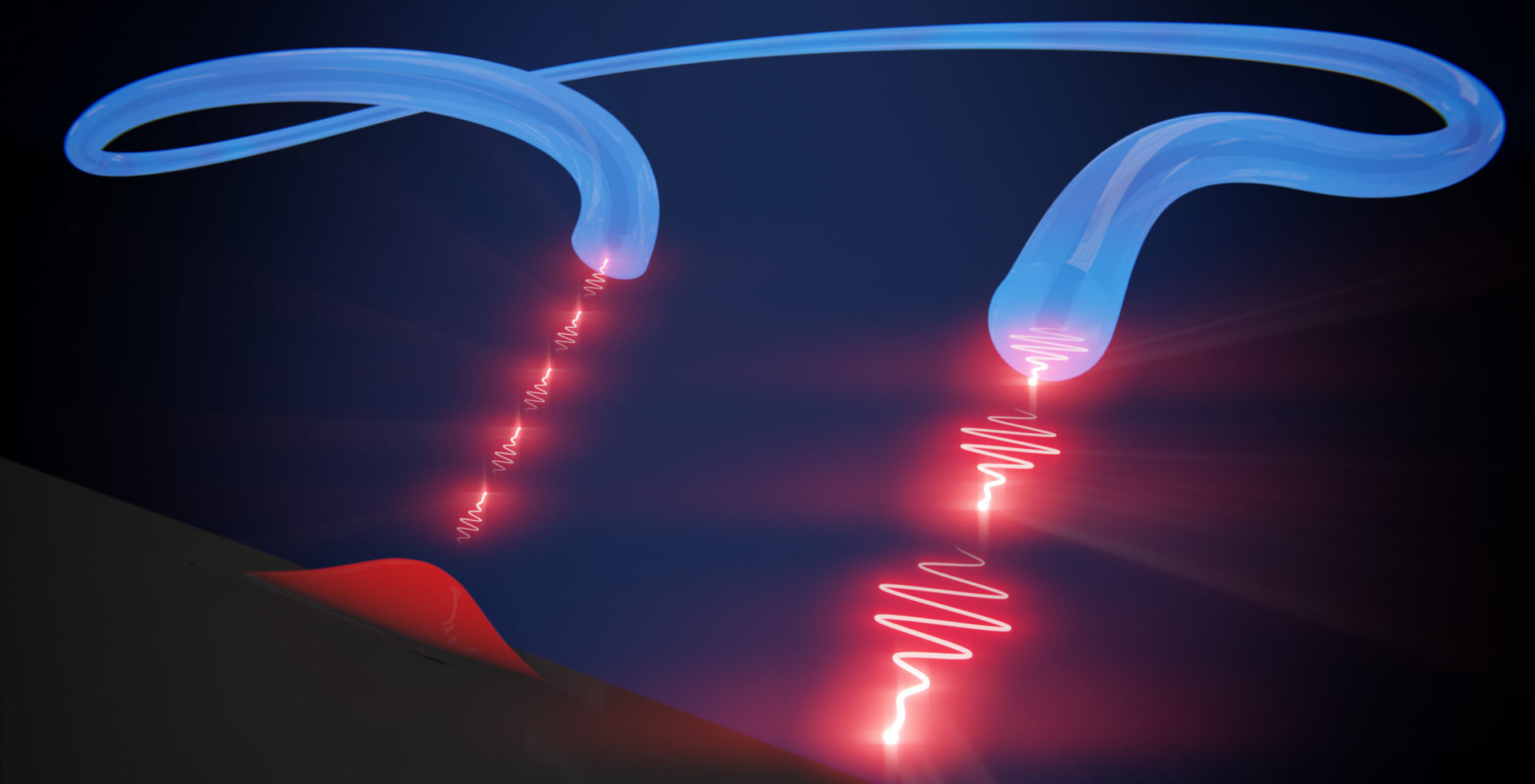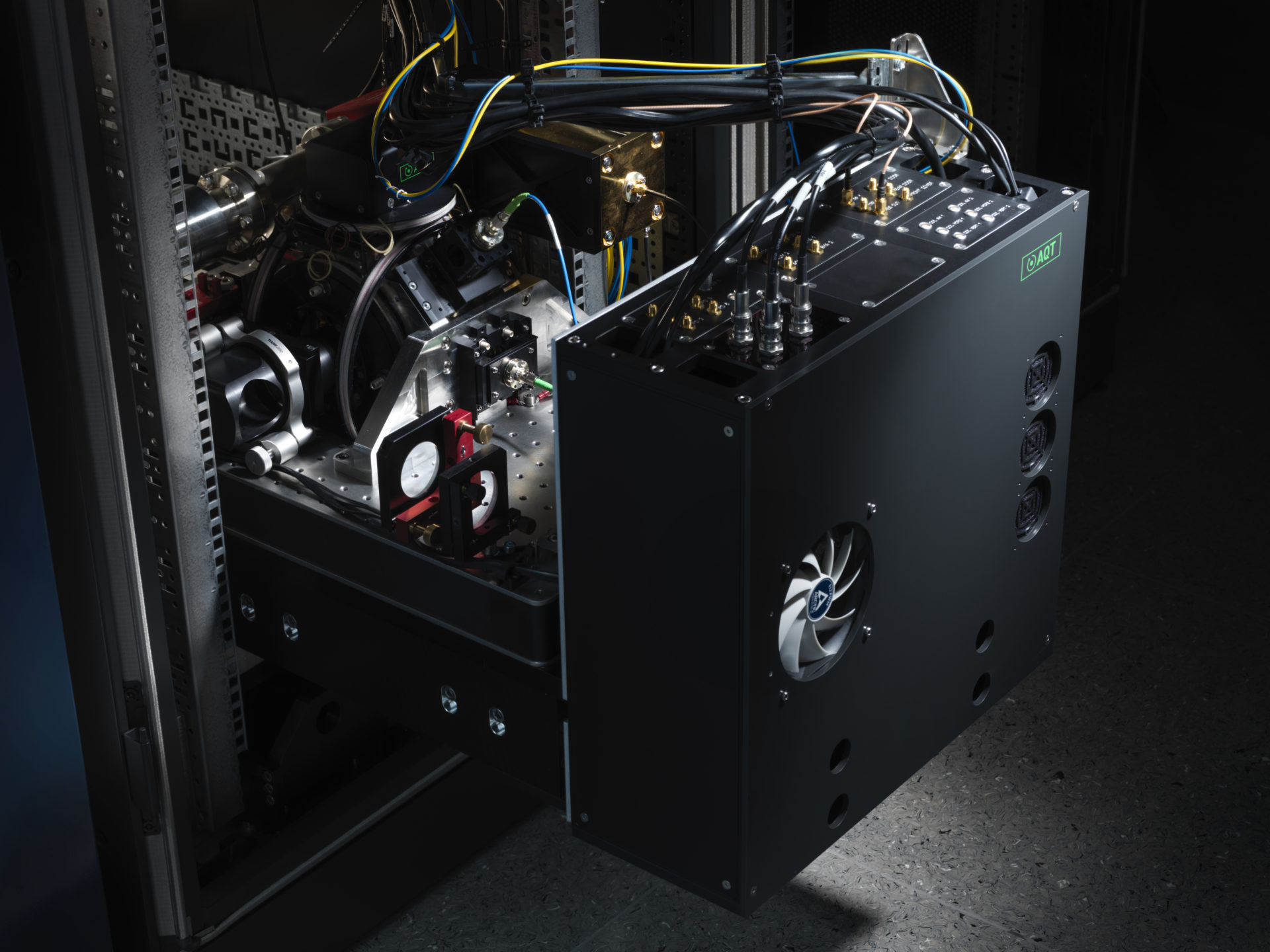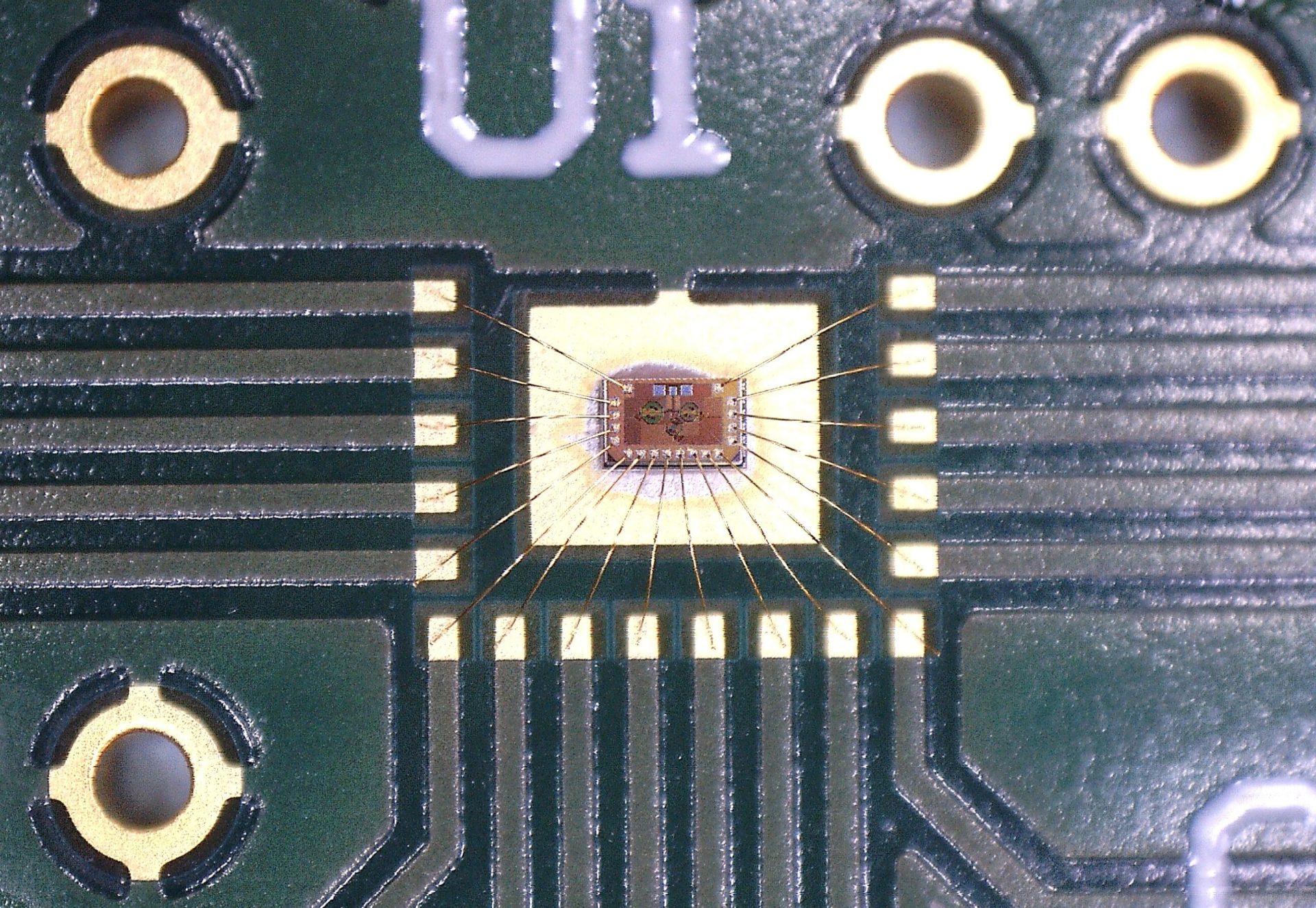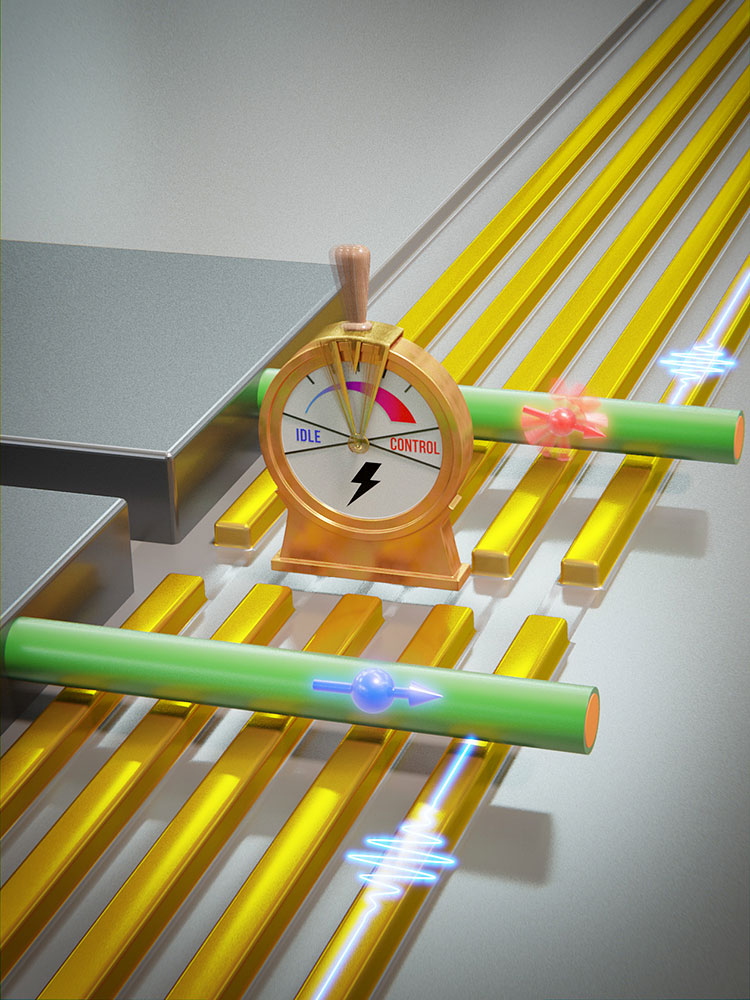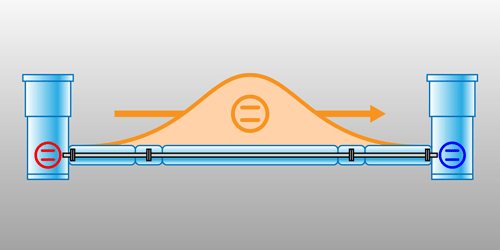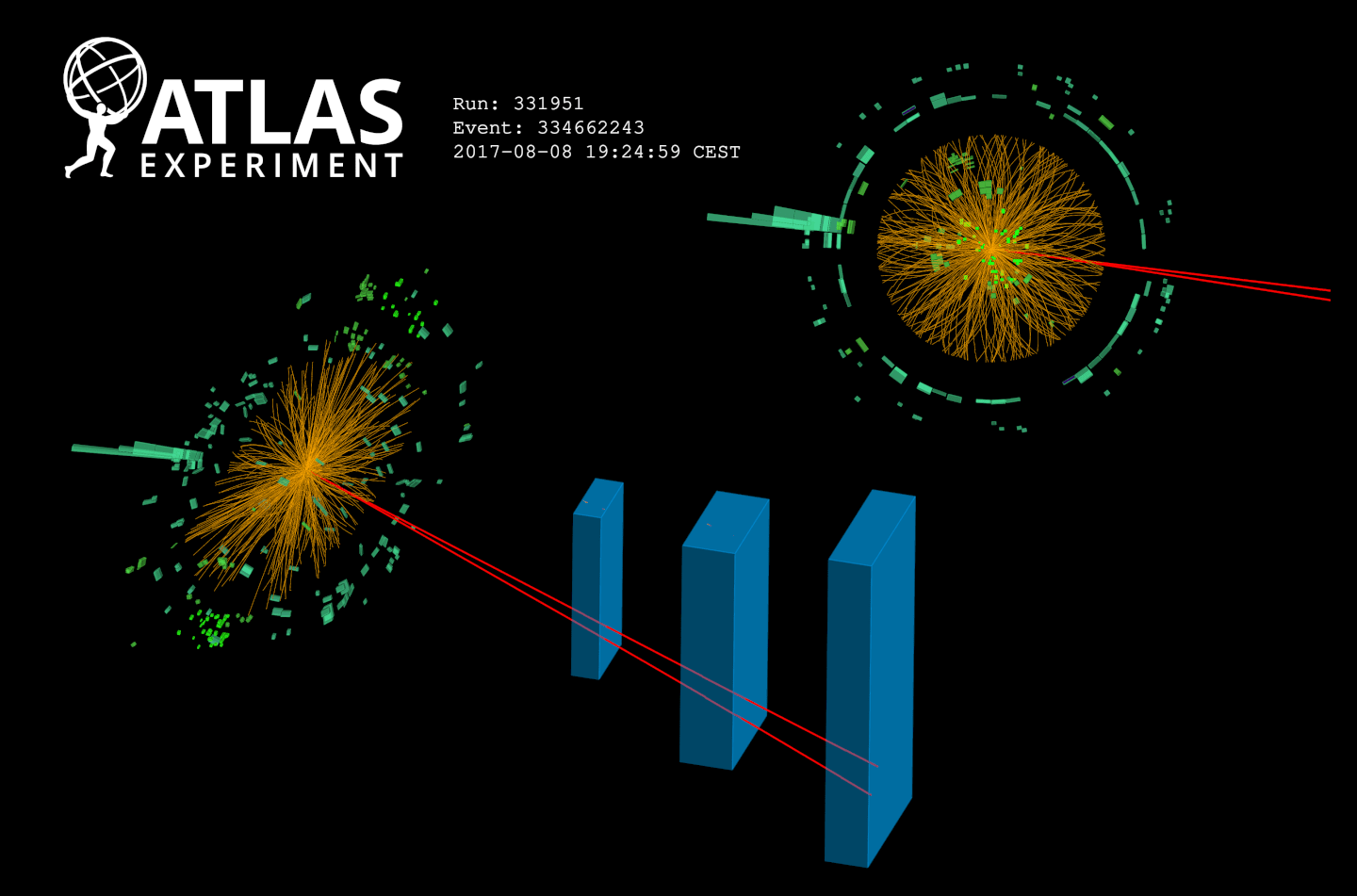
CERN’s ATLAS: Evidence of a rare Higgs boson decay
CERN’s ATLAS has found first evidence of the Higgs Boson decaying to two leptons (either an electron or a muon pair with opposite charge) and a photon. Known as “Dalitz decay”, this is one of the rarest […]



